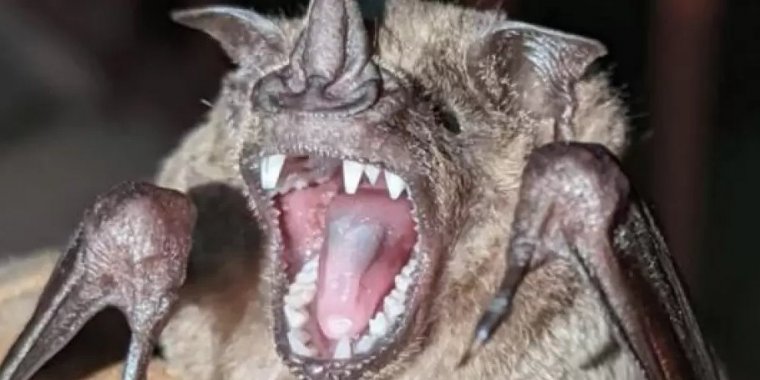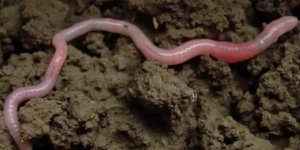| News / Science News |
How bat teeth and jaws evolved for a diverse dinnertime
Charles Darwin's finches changed the world. These closely related species — native to the Galapagos Islands — each sport a uniquely shaped beak that matches their preferred diet. Studying these birds helped Darwin develop the theory of evolution by natural selection.

This Jamaican fruit bat, Artibeus jamaicensis, has a short jaw, like many noctilionoid fruit-eating bats. Photo: Alexa Sadier
A group of bats has a similar, and more expansive, evolutionary story to tell. There are more than 200 species of noctilionoid bats, mostly in the American tropics. And despite being close relatives, their jaws evolved in wildly divergent shapes and sizes to exploit different food sources.
Now, a paper shows those adaptations include dramatic, but also consistent, modifications to tooth number, size, shape and position. For example, bats with short snouts lack certain teeth, presumably due to a lack of space. Species with longer jaws have room for more teeth, and — like humans — their total tooth complement is closer to what the ancestor of placental mammals had.
According to the research team, comparing noctilionoid species can reveal a lot about how mammalian faces evolved and developed, particularly jaws and teeth. And as a bonus, they can also answer some outstanding questions about how our own pearly whites form and grow.
"Bats have all four types of teeth — incisors, canines, premolars and molars — just like we do," said co-author Sharlene Santana, a University of Washington biologist. "And noctilionoid bats evolved a huge diversity of diets in as little as 25 million years, which is a very short amount of time for these adaptations to occur."
Scientists don't know what triggered this frenzy of dietary adaptation in noctilionoid bats. But today, different noctilionoid species feast on insects, fruit, nectar, fish and even blood — since this group also includes the infamous vampire bats.
The team used CT scans and other methods to analyze the shapes and sizes of jaws, premolars and molars in more than 100 noctilionoid species.
The bats included both museum specimens and a limited number of wild bats captured for study purposes.
The researchers compared the relative sizes of teeth and other cranial features among species with different types of diets, and used mathematical modeling to determine how those differences are generated during development.
The team found that in noctilionoid bats, certain "developmental rules" caused them to generate the right assortment of teeth to fit in their diet-formed grins.
For example, bats with long jaws, like nectar-feeders, or intermediate jaws, like many insect-eaters, tended to have the usual complement of three premolars and three molars on each side of the jaw. But bats with short jaws, including most fruit-eating bats, tended to ditch the middle premolar or the back molar, if not both.
Having a shorter jaw may also explain why many short-faced bats also tend to have wider front molars. (U.S. National Science Foundation)
YOU MAY ALSO LIKE





